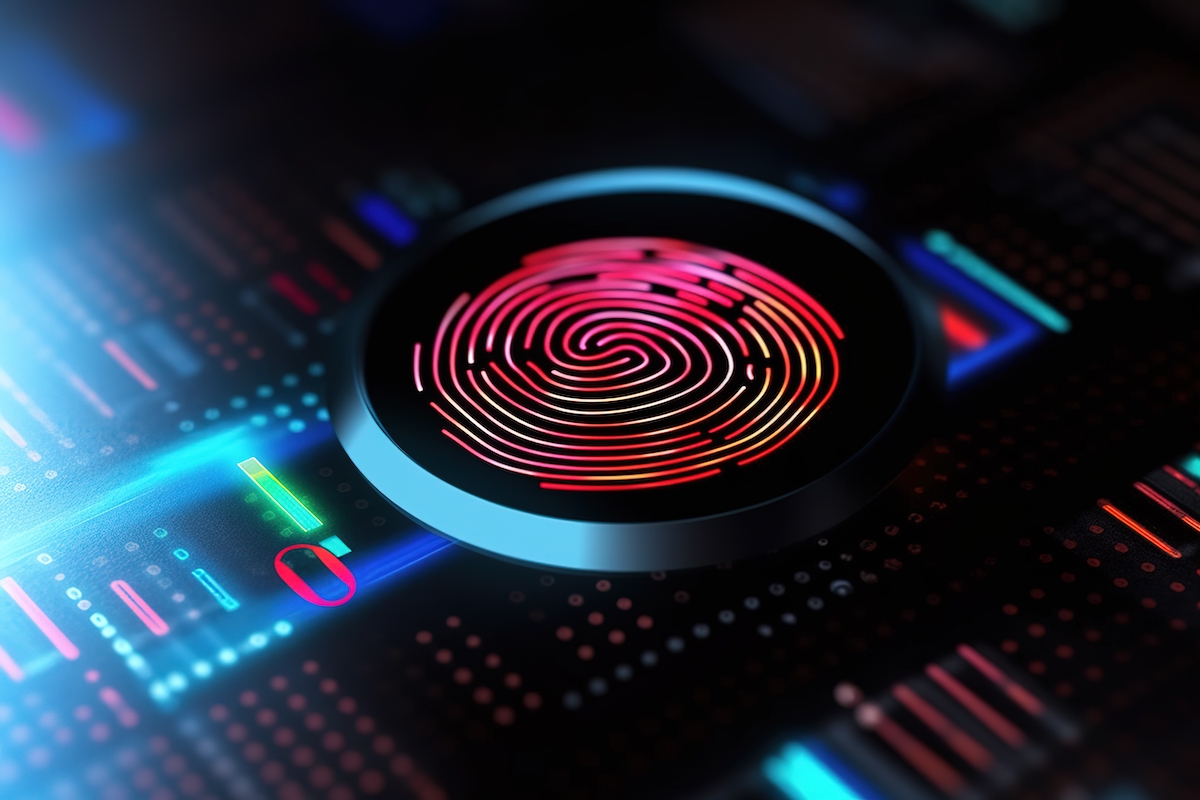A Good Plan Links Asset Visibility and Threat Detection
The escalating reliance on technology and connectivity in industrial critical infrastructure has brought about efficiency and convenience. However, this efficiency and convenience exposes critical infrastructure to numerous cyberthreats and approaches, making robust cyber defense measures more important than ever.
In the past, the avenues of approach for threat actors were typically limited to actual physical access to the facility. Now the actor can have the same effect from across the globe.
Asset transparency and threat detection in safeguarding critical infrastructure resilience and operational technology (OT) safety play an increased role when remote threats escalate to become a higher risk than ever before. Organizations must prioritize asset visibility and threat detection to protect their assets, maintain reliable operations, and keep both personnel and the public safe.
Asset and component visibility refers to the ability to identify, monitor and manage all the digital components within an organization’s operational environment or infrastructure. This includes devices, systems, applications and network components. Without comprehensive visibility, organizations lack awareness of their entire attack surface, leaving blind spots that can be exploited by both nation-state threat actors and cyber criminals. Asset and component visibility is fundamental for effective cyber defense as it provides a foundation for understanding the environment, assessing vulnerabilities and implementing appropriate security measures.
Asset visibility and threat detection are closely intertwined with critical infrastructure resilience and OT safety. By prioritizing these aspects of cybersecurity, organizations can strengthen their ability to withstand cyber incidents and maintain the safety and reliability of OT systems. Near real-time identification of malicious activity is key for minimizing the impact of cyberattacks on critical infrastructure. Threat detection technology can help organizations identify signs of compromise, unauthorized access and device change attempts. Early detection allows for immediate response and containment measures to mitigate potential damage. Threat detection involves the continuous monitoring and analysis of network and system communications, including behavior, device changes and user activity on systems, servers and components. This allows identification of potential security incidents and serves as an early warning system, enabling organizations to detect and respond to cyberthreats in a timely manner.
Asset visibility enables organizations to identify and assess components of critical functions, conduct impact analysis and identify vulnerabilities in their critical infrastructure assets. By having a clear view of the components, systems and devices in place, organizations can conduct high-impact or critical function analysis, along with risk and vulnerability assessments. This can prioritize mitigation actions instead of just trying to keep up with the latest security patches and updates. Knowing the systems and networks and what mitigation strategies are in place for certain components allows for a comprehensive threat detection scheme. If assets are exposed, building a threat model and detection strategy reduces the risk even further.
By knowing the threat avenues of approach, or most likely threat actions, a strategy of real-time monitoring, detection, triaging and hunting can be built against those approaches and actions. As an example, knowing how exposed directory services are in the OT environment allows for specific hunts to be built on a periodic basis that target the threat. Much like patching everything is resource intensive, monitoring or hunting for everything is similarly resource intensive. This proactive approach helps mitigate potential risks and prevent cyberattacks by targeting the most impactful operational components and functions. Threat detection plays a pivotal role in recovery efforts. By promptly alerting cybersecurity teams to security incidents, organizations can initiate an effective response plan and restore operations efficiently. The ability to detect threats in real time enables organizations to minimize the downtime and financial losses associated with cyber incidents.
Asset and component visibility facilitates effective network segmentation, which isolates critical systems and limits unauthorized access. Once the mitigation strategies are developed, by understanding the interconnectedness of assets, organizations can implement access controls and segment networks based on the principle of least privilege. This reduces the impact of potential breaches and limits lateral movement for attackers. Additionally, asset visibility allows organizations to maintain an up-to-date inventory of all assets, including their configurations and life cycles. This information is crucial for managing asset health, tracking software versions and identifying potential risks associated with outdated or unsupported systems. By proactively managing the lifecycles of assets, organizations can reduce the likelihood of successful attacks targeting legacy or unsupported technologies.
Industrial critical infrastructure systems often control physical processes and equipment, such as power grids, refineries, pipelines and offshore drilling systems. A cyberattack targeting these systems can have severe consequences, including physical damage or harm to personnel. By proactively monitoring for threats and vulnerabilities, organizations can prevent incidents that may compromise the safety and well-being of individuals.
In today’s interconnected world, asset visibility and threat detection are crucial components of an effective cybersecurity strategy. By understanding their assets and potential threats, organizations can develop proactive defense measures against the high-risk or high-impact scenarios, minimize risks, and respond swiftly to cyber incidents. The integration of asset transparency and threat detection into cybersecurity frameworks enables critical infrastructure sectors to maintain operational continuity, protect personnel and the public, and meet regulatory compliance requirements. Prioritizing these aspects will foster a resilient cybersecurity posture and help mitigate the evolving cyberthreats that jeopardize the safety and reliability of critical infrastructure systems.
Originally this article was published here.
About the author
 This article was written by Mark Mattei. As a director at 1898 & Co., Mark leads managed security services, supporting clients with 24/7 operations designed to continuously protect and manage their critical infrastructure operational technology (OT) network security. Mark attended Worcester Polytechnic Institute, where he studied mechanical engineering, before joining the U.S. Army as a commissioner officer.
This article was written by Mark Mattei. As a director at 1898 & Co., Mark leads managed security services, supporting clients with 24/7 operations designed to continuously protect and manage their critical infrastructure operational technology (OT) network security. Mark attended Worcester Polytechnic Institute, where he studied mechanical engineering, before joining the U.S. Army as a commissioner officer.



